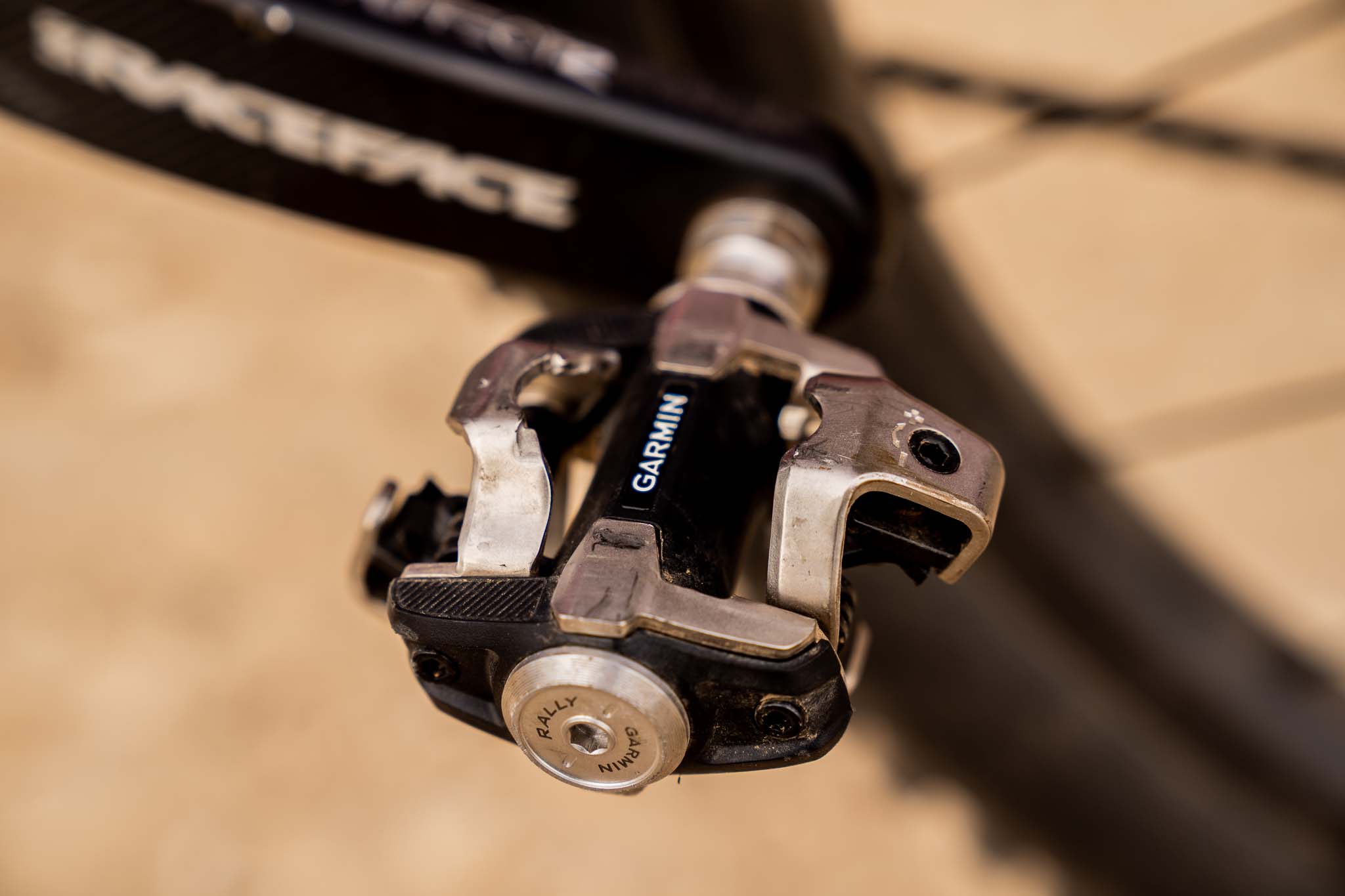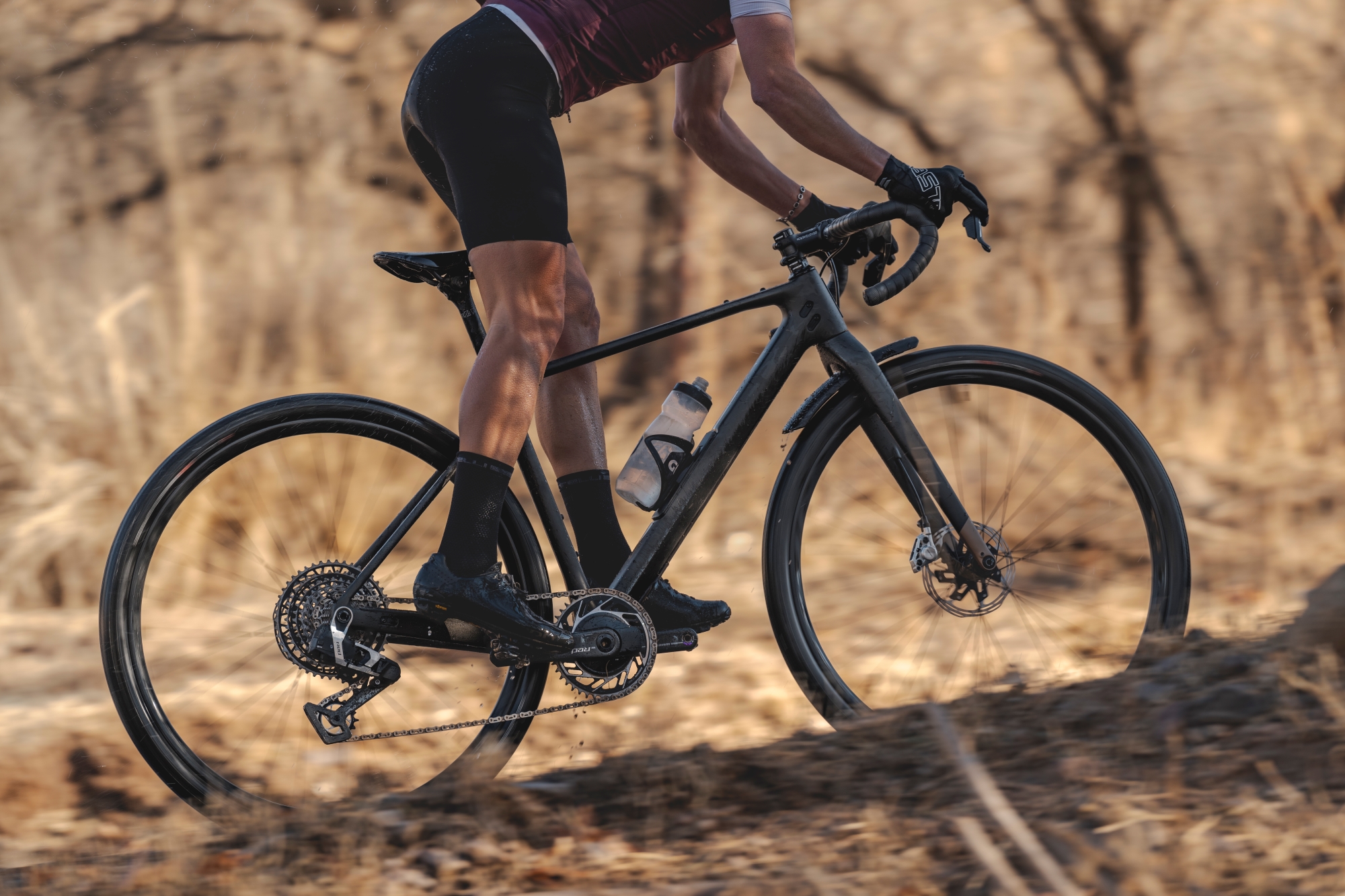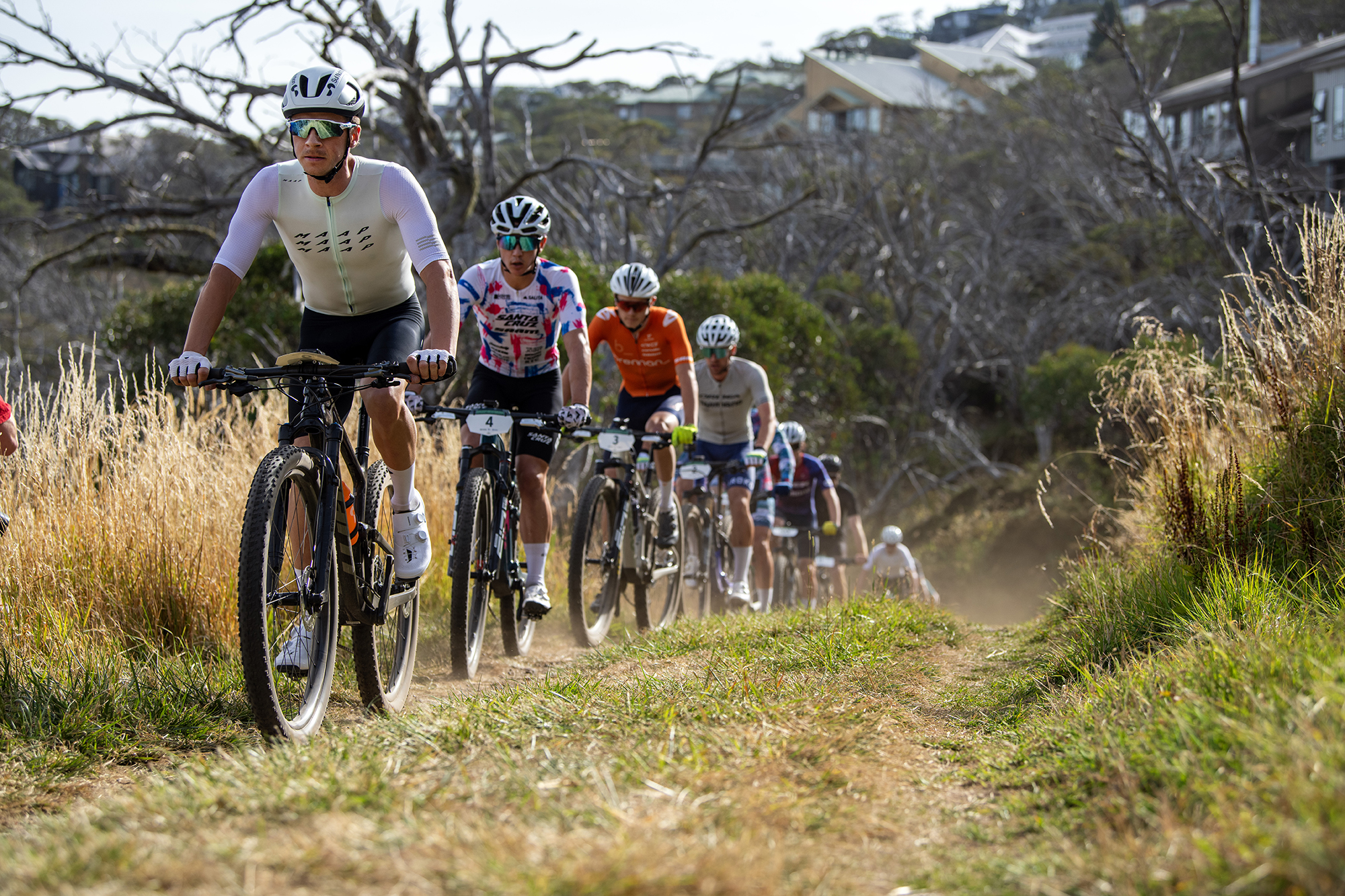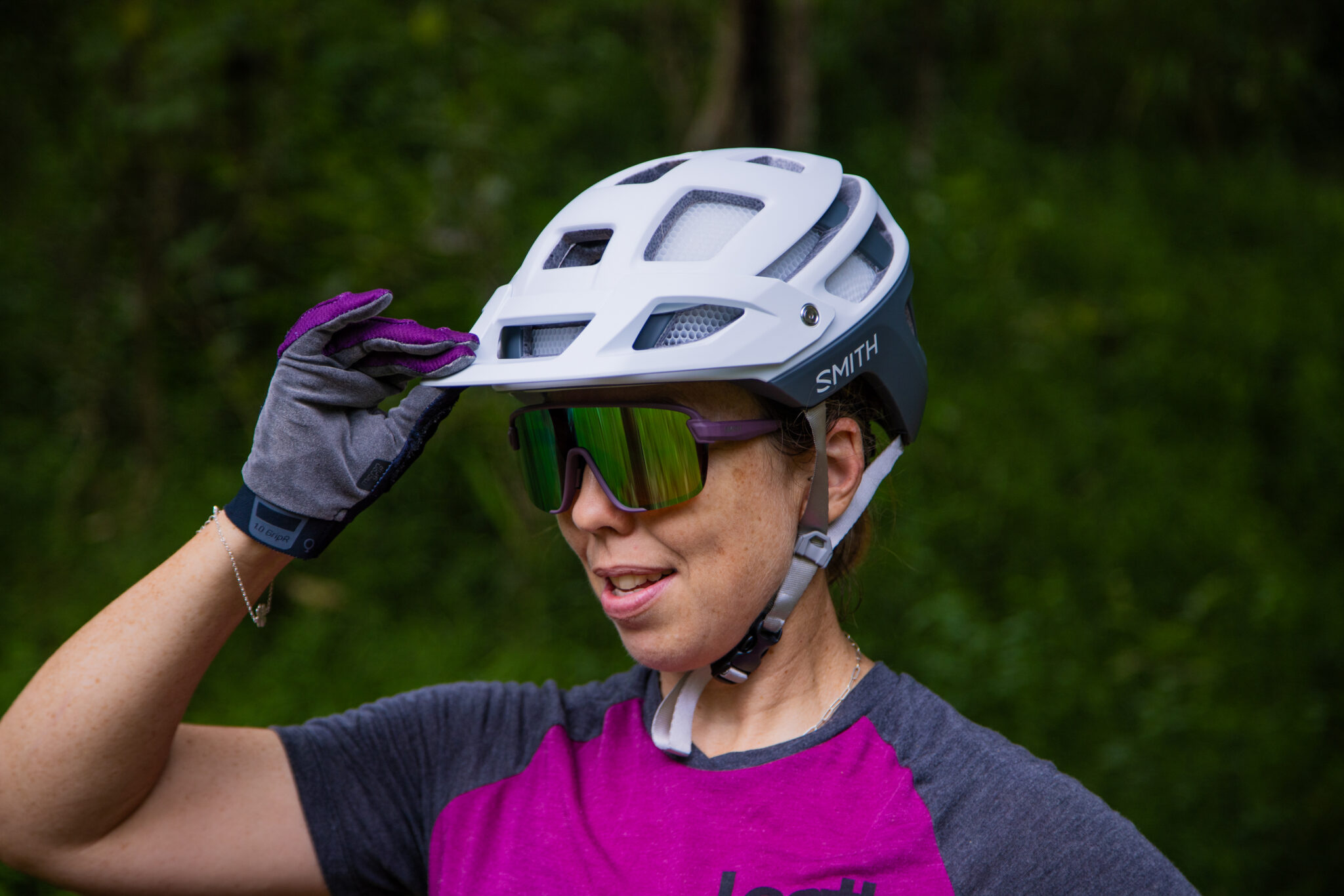Garmin Rally XC100 Power Meter Pedals
Garmin markets the XC100 as a cross-country and gravel power meter; but after seeing Maes’ post, I was naturally inclined to try it on the enduro bike.
Words and photos: Georgina von Marburg
Power meters are a divisive topic in mountain biking, and most of all in the gravity disciplines. Some riders take them for granted as a training tool, while purists condemn them as an overcomplicated depressant. Both parties have a point. However this review is not written to convince readers of the usefulness of a power meter; rather, it’s written to judge the effectiveness of the Garmin XC100 if you’re already in the market for a power meter. If you’re not convinced of the benefits of power meters on mountain bikes, continue on your way in blissful ignorance. However, if you’re analytically minded with a sprinkling of OCD, read on!
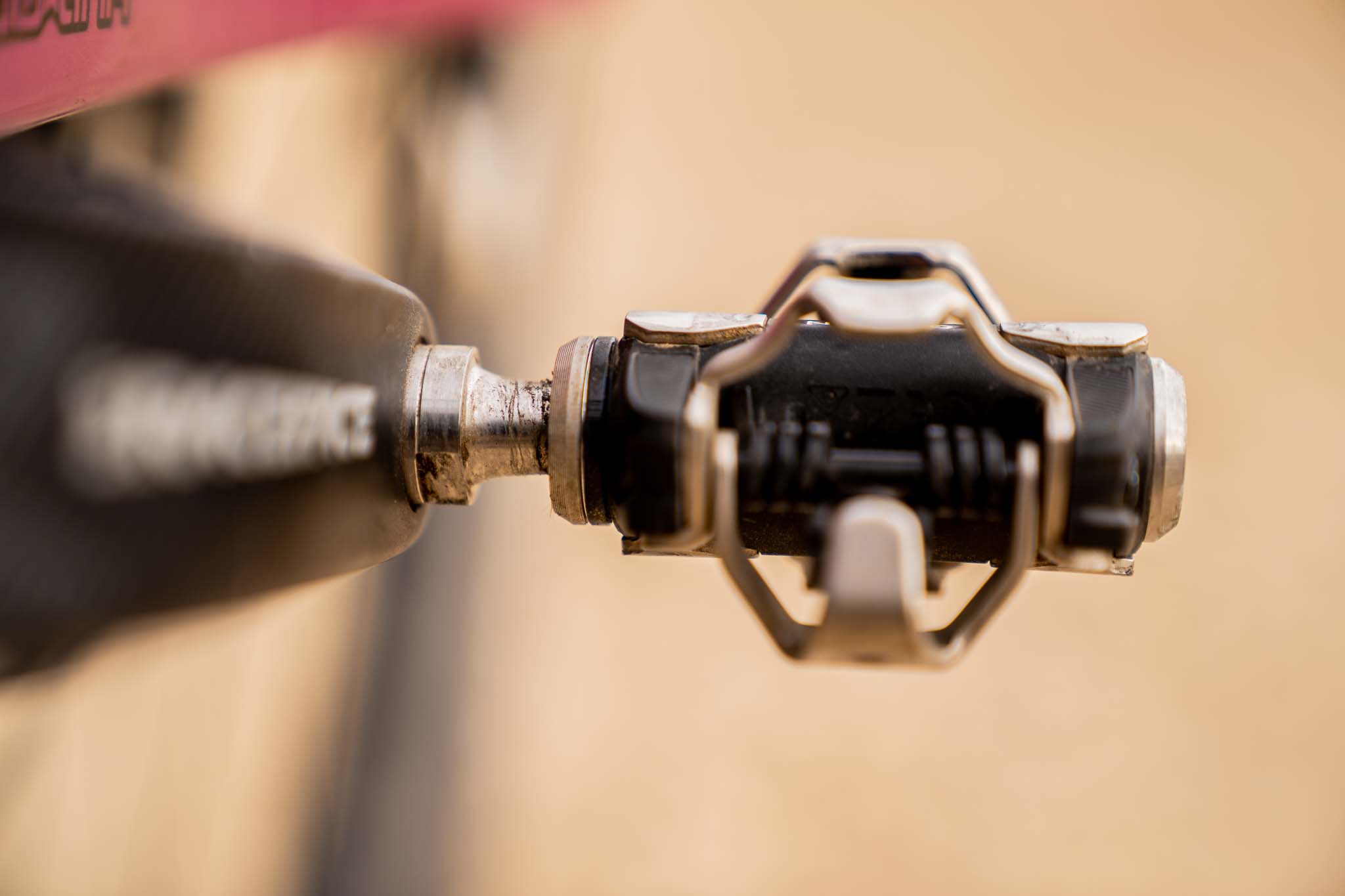
When the Garmin XC100 pedals were originally released, I came across them via a Martin Maes endorsement. The post read that while he intended to continue using his Shimano pedals for racing, he’d use the XC100 for training. Garmin markets the XC100 as a cross-country and gravel power meter; but after seeing Maes’ post, I was naturally inclined to try it on the enduro bike. If it’s good enough for Martin, it’s good enough for all of us. Right?
Installation
The market is now flooded with power meters, from the popular crank-based meters to the undeniably ugly hub-based. The number one benefit of pedal-based power meters such as the Garmin XC100, is their ease of installation. Opening the box, you’ll find very minimal hardware besides the pedals themselves. It took me a whopping total of 3 minutes to install the pedals, a pedal wrench being the only tool required.
This ease of installation was a reoccurring theme as I transferred the pedals regularly during the test between a Pivot Shadowcat and Trek Slash. This will be of particular benefit to those with gravel bikes or XC bikes – riders who typically always want power data from every ride.
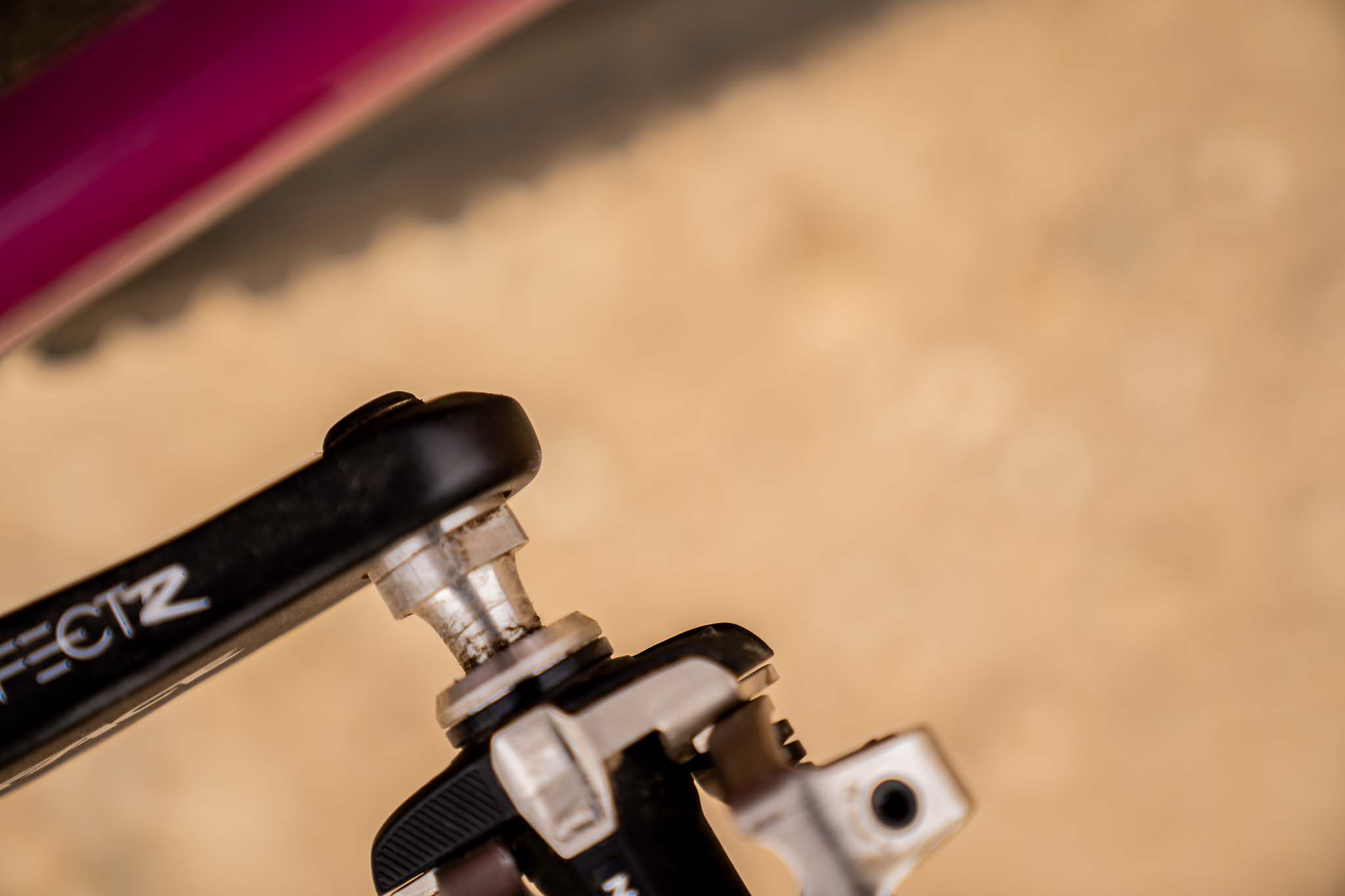
The pedal threads do protrude slightly from the other side of some crank arms, such as thin Raceface cranks. However, as the instructions indicate, this is not an issue as long as there is sufficient clearance from the frame. 2mm washers are also provided for a 55mm Q-factor.
The XC100 model is single-sided only, meaning only the left pedal transmits power data. You can upgrade to a dual-sided option for RRP $879. For those who desire more precise data and pedaling dynamics, this is a pricey but optimal upgrade.
The pedals come with Shimano SPD cleats in the box. Given they are only compatible with SPD cleats, this is an added convenience for those not already running them. And being part of the Garmin Rally family, the spindles can be installed in the road Rally platforms (Look Keo and Shimano SPD-SL) for around $300.
The CR1/3N battery is housed in the spindle and replaceable using an allen key. I haven’t burned through the 120 hours of battery life yet, but this process looks relatively simple.
Connectivity
Call me sacrilegious, but I used a Wahoo Element BOLT with the Garmin XC100 pedals. Of course, Garmin only provide instructions for connecting to their own head units; however if your head unit uses ANT+ or Bluetooth, you should be able to connect to the power pedals regardless of brand.
I found the pedals connected instantly and took a couple seconds to calibrate. I’m still unsure if this efficiency is due to the brilliant Wahoo software or the pedals themselves – either way, swapping pedals between bikes and recalibrating was a breeze.
On the trail
And now for the real test – the performance. Firstly, I did notice that if I forgot to calibrate the pedals before each ride, the power readings would be far below or over normal data, or simply non-existent. It’s crucial to heed Garmin’s recommendation of calibrating the pedals before each ride.
The XC100 pedals weight approximately 450g, about 50g heavier than my Shimano XTR M9120 pedals. Garmin said they prioritised durability over weight for these pedals, which is reassuring for mountain bikers tackling more demanding singletrack. There were definitely several occasions where rocks scraped the left pedal, or I leant the pedal against a wall or on the ground. While I would feel uncomfortable riding or racing double-black runs with the XC100s, I’m confident they have the robustness for general trail riding.
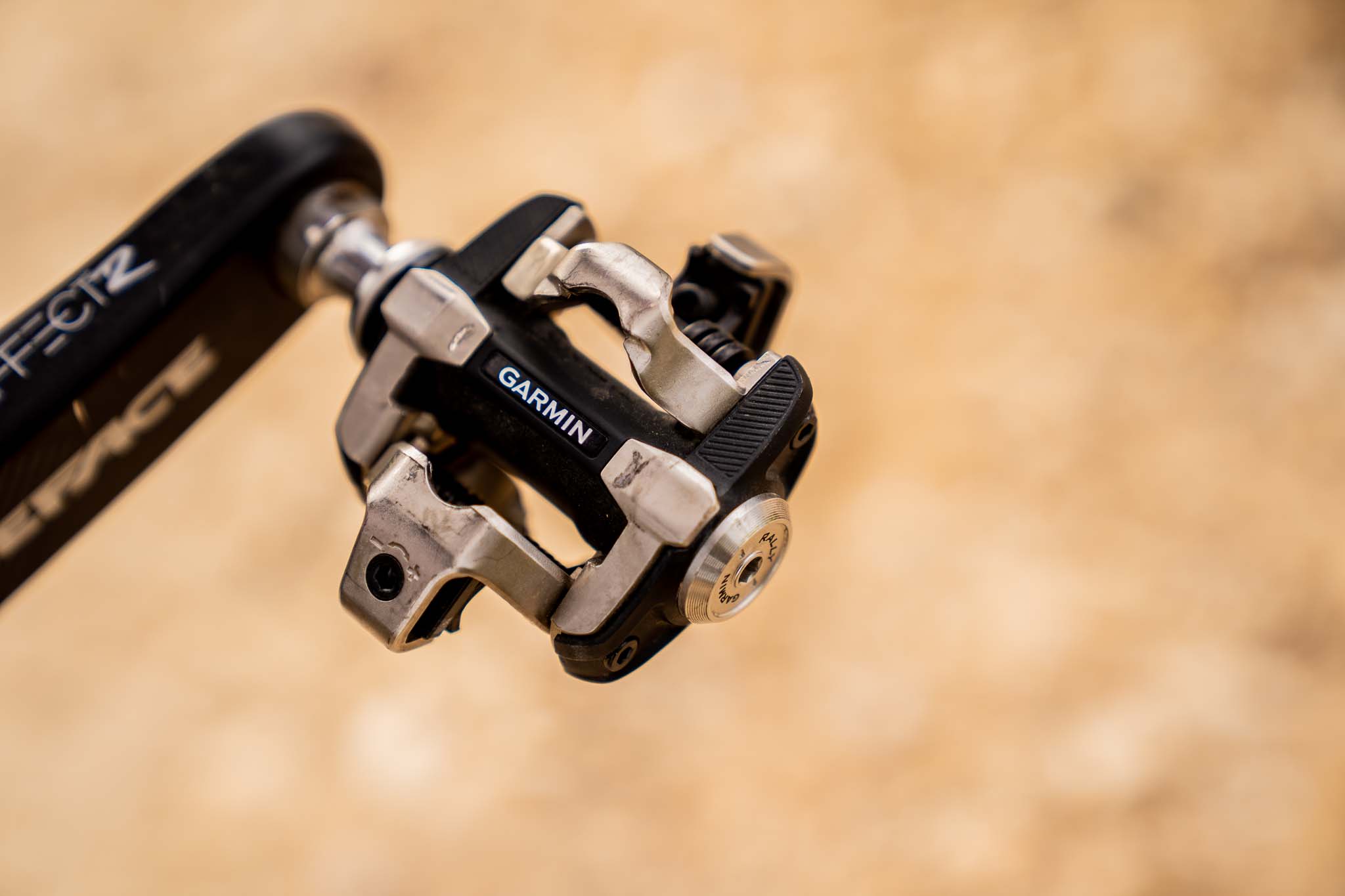
This brings us to the main disadvantage of the Garmin XC100 pedals: they are pedals. Mountain bike pedals bear the brunt of many missteps or crashes, and you will inevitably ride more conservatively with a thousand dollars’ worth of gear underfoot. The power meter itself is located within the spindle, so it’s somewhat protected by the SPD platform.
An important consideration for gravity riders is that the XC100 pedals will automatically turn off after 4 minutes of inactivity. Living at the base of proper mountains, I encountered this issue on some descents where a single pedal stroke wasn’t required. However, a lazy back-pedal or half-pedal will keep the power meter awake. It’s quite rare to ride four minutes without either of these, but you may need to recalibrate at the end of the odd fire-road mine shaft descent.
In regards to water resistance, they are rated to IXP7; in Garmin’s words, this “Withstands incidental exposure to water of up to 1 meter for up to 30 minutes.” Throughout several light showers and puddles, I never had an issue with exposure to water.
Conclusion
Buying a power meter can be an intimidating and complex process, let alone installing one. And as many modern mountain bikers own several bikes, it’s an increasingly expensive investment to equip all bikes with a power meter. This is where pedal-based power meters such as the Garmin XC100 have a huge advantage over their competitors. The ease of installation makes these the ideal companion for riders swapping between XC and gravel bikes. And for gravity riders wanting a wider platform for serious descents, this simple process means you can interchange the XC100s with your favourite trail pedals in minutes. Priced at RRP $999, the Garmin XC100s may be one of the most viable mountain bike power meter options currently on the market.
RRP: $999
From: fesports.com.au
Hits
- Ease of installation
- ANT+ and Bluetooth head-unit compatibility
- Compatible with other Garmin pedals
- Well priced
Misses
- Susceptible to damage in serious hits or crashes

